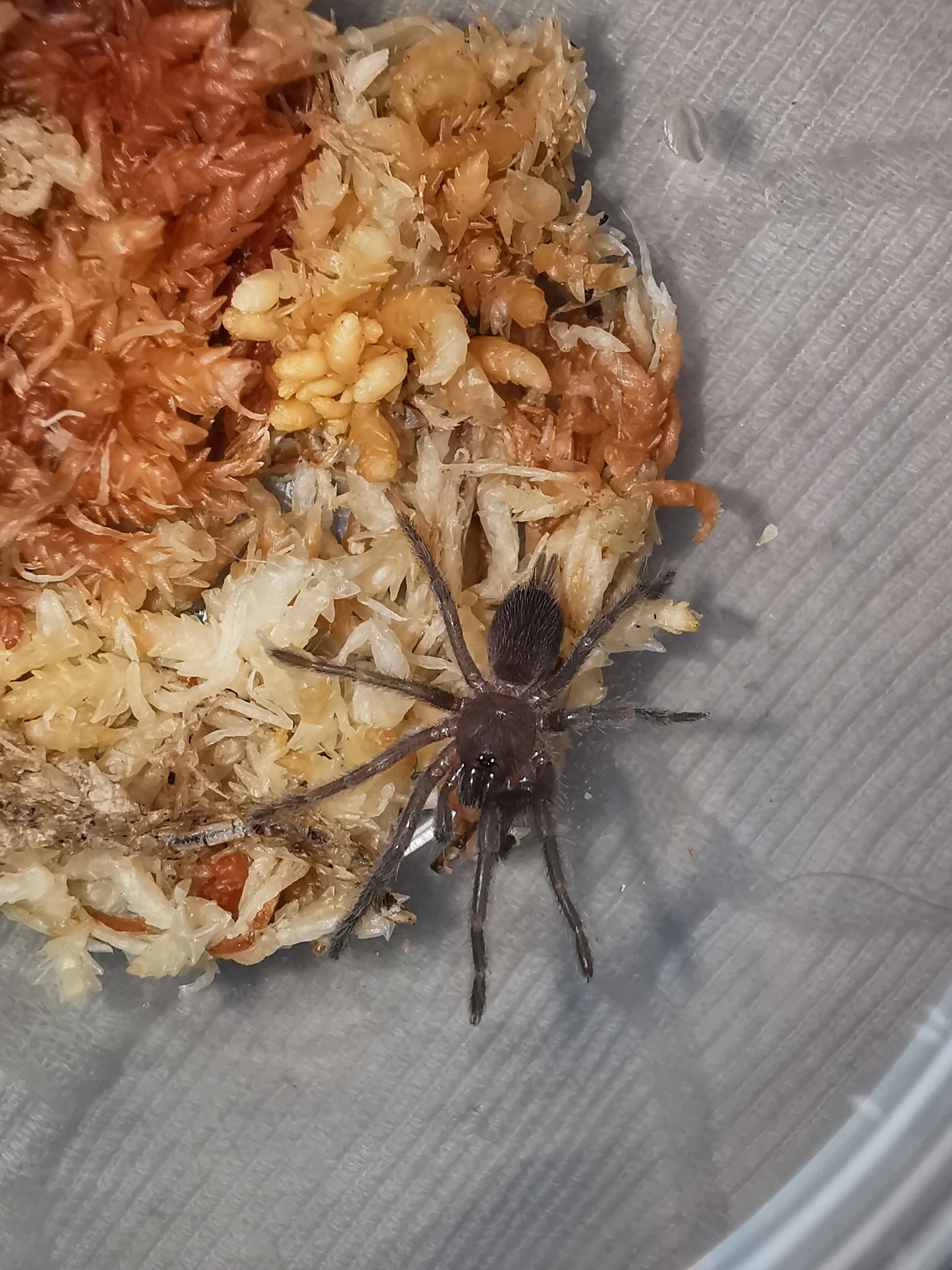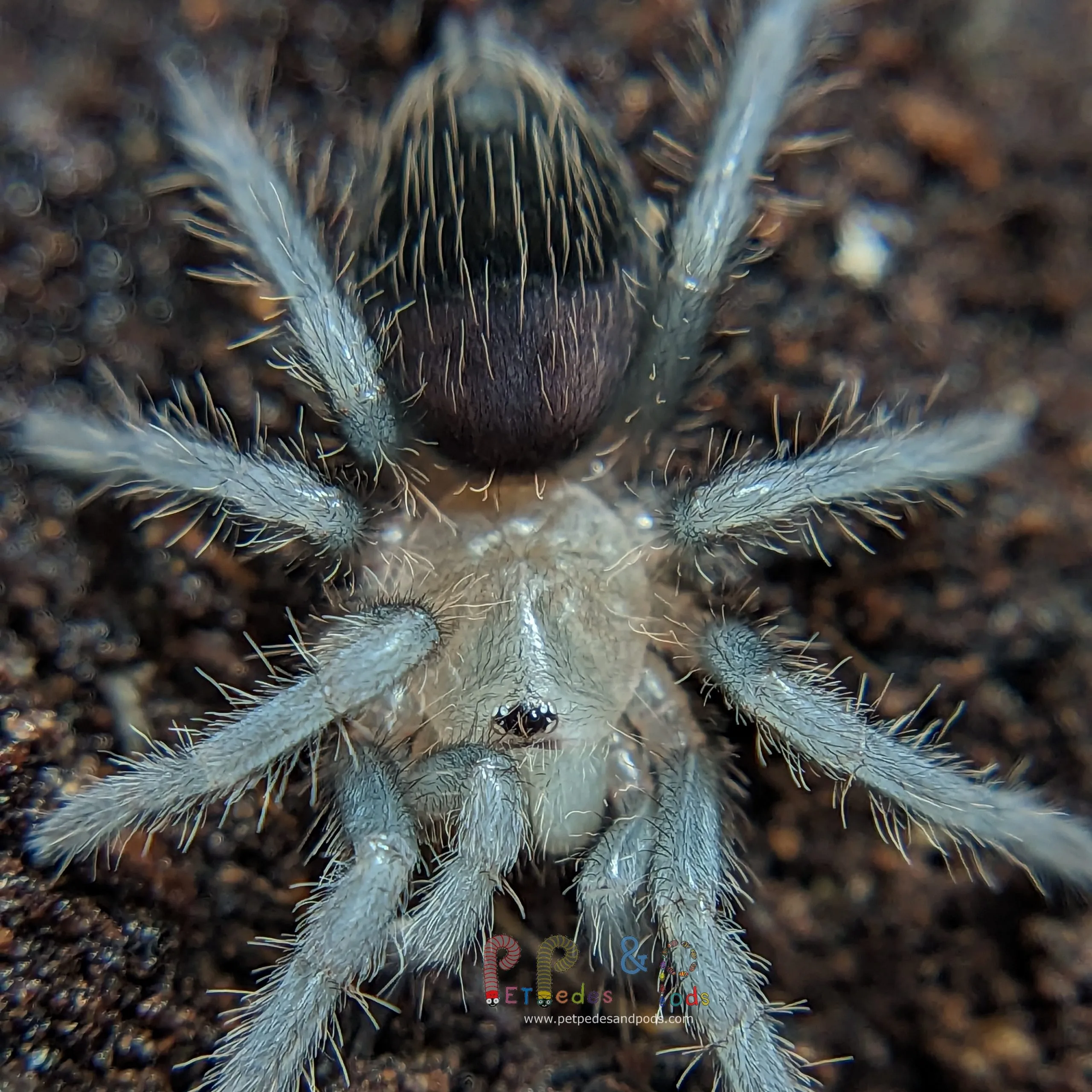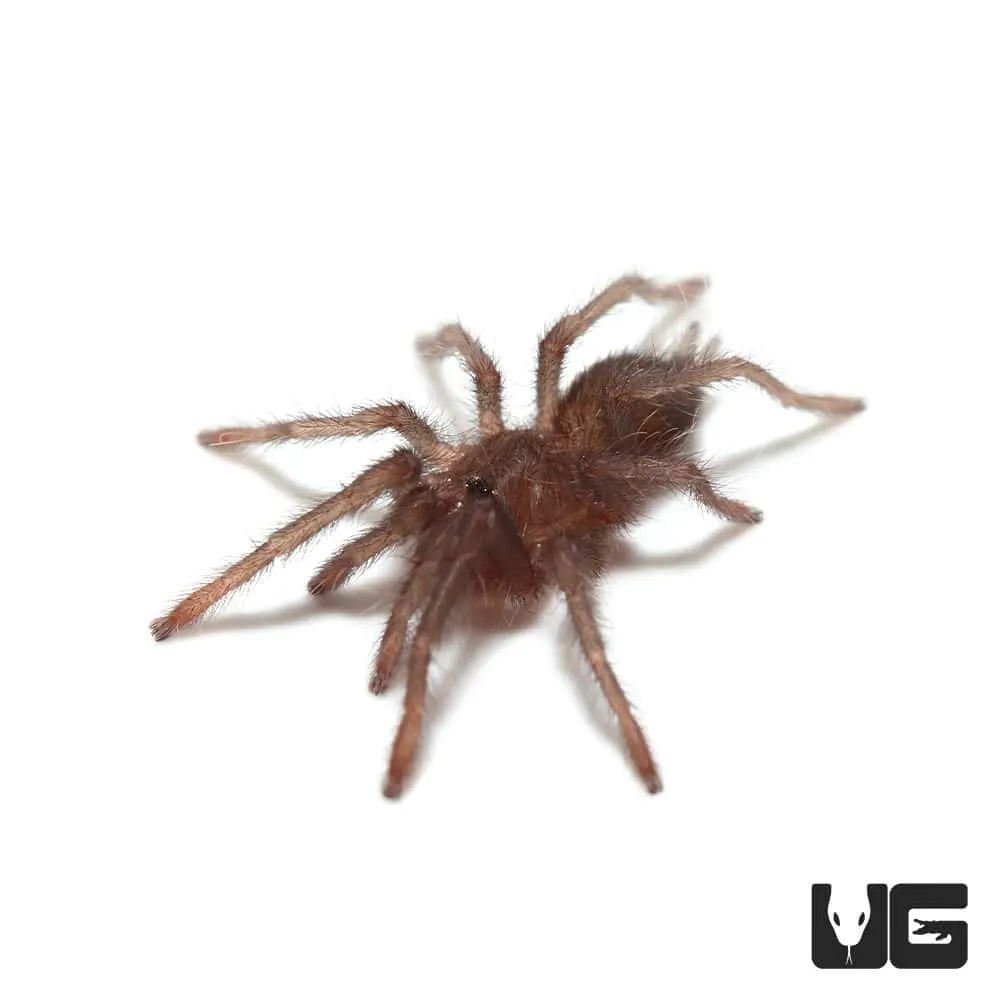Tarantula Slings Top 5 Care Tips
Caring for tarantula slings, the juvenile stage of these fascinating arachnids, requires a nuanced approach. These tiny creatures are more delicate than their adult counterparts, demanding specific environmental conditions and careful handling. This guide distills the essential aspects of tarantula sling care into five key areas, ensuring your young tarantula thrives. Understanding these tips will set you on the path to successful tarantula keeping, allowing you to witness the amazing growth and development of these captivating creatures. From enclosure setup to feeding strategies, each element plays a vital role in the health and longevity of your tarantula sling.
Choosing the Right Enclosure
The enclosure is the tarantula sling’s home, and its design directly impacts the spider’s well-being. The right enclosure provides security, appropriate humidity, and ease of access for feeding and maintenance. A well-suited habitat minimizes stress and promotes healthy growth. Furthermore, it must be designed to prevent escapes, as these tiny spiders can squeeze through surprisingly small openings. Remember that tarantula slings are incredibly vulnerable, and their environment must be carefully considered to provide a safe and secure haven as they develop.
Enclosure Size and Ventilation

For tarantula slings, smaller is often better when it comes to enclosures. A container that’s too large can make it difficult for the sling to find food and can make them feel insecure, leading to stress. A deli cup or a small plastic container with a secure lid is often ideal. Ventilation is crucial to prevent mold and maintain air quality. Ensure the enclosure has small air holes drilled or carefully cut into the lid and sides, but make sure the holes are small enough that the spider cannot escape. Proper ventilation combined with appropriate humidity levels is crucial for a thriving tarantula sling, so it is recommended to take extra precautions.
Substrate Selection and Depth
The substrate, the bedding material in the enclosure, serves several important functions. It provides a surface for the tarantula sling to walk on, offers a place to burrow (if the species is inclined), helps maintain humidity, and provides a sense of security. Choose a substrate that retains moisture well, such as a mix of coconut fiber, peat moss, or a specialized reptile substrate mix. The depth of the substrate should be at least twice the tarantula’s leg span to provide adequate burrowing space. Avoid substrates with sharp edges or materials that could be harmful if ingested, such as wood chips. Proper substrate selection is a cornerstone of successful tarantula sling care.
Maintaining Proper Humidity
Humidity is a critical factor in tarantula sling care, directly impacting their health and molting cycles. The ideal humidity level varies depending on the species, but generally, tarantula slings require a more humid environment than adult tarantulas. Maintaining the correct humidity helps the tarantula shed its exoskeleton successfully and prevents dehydration. Inadequate humidity can lead to molting problems, impacting the sling’s growth and overall well-being. Consistent monitoring and adjustment are essential for ensuring the tarantula sling thrives in its environment.
Monitoring Humidity Levels

To accurately monitor humidity, use a hygrometer placed inside the enclosure. Hygrometers are readily available at pet stores and provide a precise reading of the humidity level. Regular monitoring allows you to identify fluctuations and make necessary adjustments. Observe the enclosure for signs of condensation, which can indicate high humidity, and adjust accordingly. Record humidity readings to track changes and determine the best practices for your tarantula species. Consistent monitoring is key to maintaining the proper humidity level for the sling’s needs, preventing health issues, and supporting a successful molt.
Methods to Increase Humidity
Several methods can be employed to increase humidity in the tarantula sling’s enclosure. Lightly misting the substrate with distilled or dechlorinated water is a common and effective method. Avoid spraying the tarantula directly. Covering a portion of the enclosure lid can help retain moisture. Ensure adequate ventilation to prevent mold growth while maintaining humidity levels. Using a water dish filled with water-absorbing material can help release moisture into the air. The choice of method will depend on the specific needs of the tarantula species and the ambient humidity levels. Consistent attention and adjustment are key.
Feeding Your Tarantula Sling
Feeding your tarantula sling appropriately is crucial for its growth and overall health. Slings have different dietary needs than adult tarantulas, so understanding the right food types, sizes, and feeding schedules is essential. This aspect of care involves providing nutritious meals that support the rapid growth characteristic of the juvenile stage. Offering the correct size and type of prey prevents stress and promotes healthy development. Moreover, this influences the molting process, allowing the tarantula sling to shed its exoskeleton without issues. Attention to feeding ensures your tarantula sling thrives.
Appropriate Food Types and Sizes

Tarantula slings require appropriately sized live prey to feed effectively. Flightless fruit flies are a good initial choice for very small slings. As the sling grows, you can graduate to small crickets, pinhead crickets, or mealworms. The prey should be no larger than the tarantula sling’s body, and it should be able to be easily overpowered. Feeding larger prey can stress the sling and pose a risk of injury. Remove any uneaten prey within 24 hours to prevent stress on the sling. A varied diet contributes to the health and development of the growing tarantula sling.
Feeding Frequency and Schedules
Feeding frequency depends on the tarantula sling’s size and growth rate. Newly hatched slings may need to be fed every other day, while older slings can be fed two or three times a week. Observe your tarantula sling and adjust the feeding schedule as needed. A well-fed tarantula sling will have a plump abdomen, indicating that it is receiving adequate nutrition. Avoid overfeeding, which can lead to health problems. Provide small meals and remove uneaten prey. Regular feeding is vital for the sling’s development, so establish a schedule that aligns with its growth stage and dietary requirements.
Water and Hydration
Providing access to fresh water is just as critical as food for tarantula slings. Slings require a constant water source to stay hydrated, especially in drier environments. Dehydration can cause serious health issues, including molting problems and even death. Always have a clean, accessible water source available for your tarantula sling. You must also consider the type of water to use and how often to refresh it. The quality of the water and the cleanliness of the watering method can significantly impact the sling’s health.
Providing a Water Source

The water source for a tarantula sling should be easily accessible and safe. A shallow water dish, such as a bottle cap or a small deli cup lid, is often used. Ensure the dish is small enough that the sling cannot fall in and become trapped. Another option is to provide a small piece of water-soaked cotton wool or sponge. Refill the water source frequently, or replace it when the cotton wool becomes dry. Always use fresh, clean, and dechlorinated water. A consistent water supply is fundamental to the well-being of your tarantula sling.
Watering Frequency and Safety
Watering frequency should be daily, with the water source refreshed or replaced as needed. Always use dechlorinated water to avoid harming the sling. The water source should be placed away from the sling’s burrow or resting area to avoid stressing the spider. Avoid spraying water directly on the tarantula, which can cause stress and potentially interfere with molting. Observe your tarantula sling for signs of dehydration, such as a wrinkled abdomen. Adjust the watering schedule as required to meet the needs of the species. Ensuring your tarantula sling has constant access to fresh water supports its health.
Handling and Safety Precautions
Handling tarantula slings should be approached with caution. These small arachnids are delicate and easily injured. While some keepers enjoy handling their tarantulas, slings are best left undisturbed unless absolutely necessary. Their fragile bodies are particularly vulnerable to the risks of falls or accidental crushing. Stress can negatively impact their well-being and can cause molting problems. Understanding the safety precautions for both the keeper and the sling is crucial for the spider’s health and the caretaker’s well-being. If you must handle the sling, do so only when necessary and in a safe, controlled environment.
Minimizing Stress and Promoting Growth

Minimize stress to promote growth and well-being in tarantula slings. Avoid frequent handling, loud noises, and sudden movements near the enclosure. Ensure the enclosure is secure and free from drafts or vibrations. Provide a safe, secure, and stable environment. The tarantula sling will thrive if the environment is stress-free. Regular observation is still necessary, but avoid disturbing the sling unnecessarily. Handle the sling only when absolutely necessary, and always with great care. By minimizing stress, you’re giving your tarantula sling the best chance to grow and thrive.
